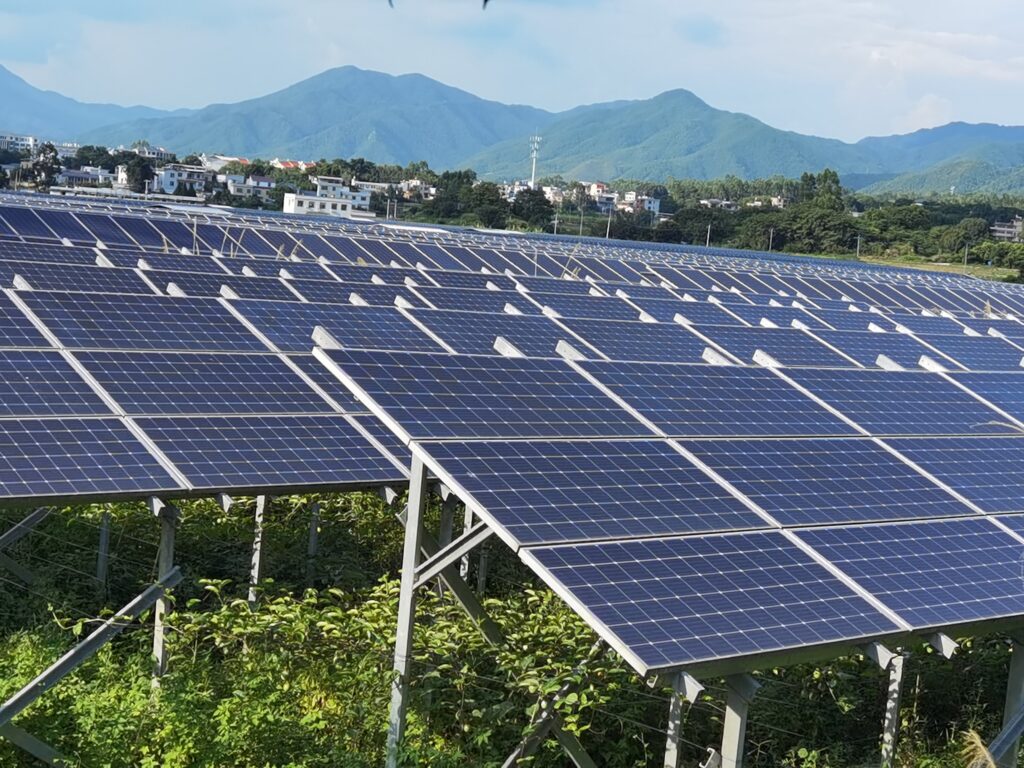What Are They and How Do They Form?
A solar system is a collection of objects that orbit a central star. The objects can include planets, moons, asteroids, comets, and other smaller bodies.
A solar system can also have rings, which are bands of dust and ice that encircle some planets, and belts, which are regions of space where many small bodies are clustered.
The most well-known solar system is our own, which consists of the Sun and eight planets: Mercury, Venus, Earth, Mars, Jupiter, Saturn, Uranus, and Neptune. Our solar system also has five recognized dwarf planets: Ceres, Pluto, Haumea, Makemake, and Eris. In addition, our solar system has hundreds of moons, millions of asteroids, billions of comets, and countless other small bodies.

Our solar system is located in the Orion Arm of the Milky Way galaxy, about 27,000 light-years from the galactic center. Our solar system orbits the galactic center once every 225 to 250 million years.
Our solar system is also part of a larger group of stars called the Local Group, which is part of an even larger group of galaxies called the Virgo Supercluster.
How did our solar system form?
According to the most widely accepted theory, our solar system formed about 4.6 billion years ago from the gravitational collapse of a giant interstellar molecular cloud.
The cloud was mostly made of hydrogen and helium gas, but also contained traces of heavier elements from previous generations of stars.
As the cloud collapsed, it spun faster and flattened into a rotating disk called the protoplanetary disk.
The center of the disk became so hot and dense that it ignited nuclear fusion and became the Sun.
The rest of the disk cooled and condensed into smaller clumps that collided and stuck together to form larger bodies called planetesimals.
Some of these planetesimals grew big enough to attract more gas and dust from the disk and
became the planets and their moons. The remaining planetesimals became the asteroids and comets.
The formation of our solar system was not a smooth and peaceful process. It involved many violent events such as collisions, impacts, explosions, and migrations.
For example:
• The early Earth was hit by a Mars-sized object that ejected a large amount of material into orbit. This material coalesced to form the Moon.
• Jupiter’s gravity stirred up the asteroid belt and prevented it from forming a planet. Jupiter also migrated inward and outward in its orbit, affecting the orbits of other planets.
• Neptune’s gravity scattered many Kuiper belt objects into the outer solar system or into the inner solar system. Some of these objects became comets that bombarded the inner planets.
• A nearby supernova explosion may have triggered the formation of our solar system by compressing the molecular cloud with its shockwave.
Our solar system is not unique in the universe. There are billions of other stars in our galaxy that have their own solar systems. Thanks to advances in astronomy and technology, we have discovered thousands of exoplanets (planets outside our solar system) orbiting other stars.
Some of these exoplanets are similar to Earth in size and distance from their stars, raising the possibility of life beyond our solar system.
Our solar system is a fascinating and complex place that we are still exploring and learning about.
By studying our solar system, we can gain insights into how other solar systems form and evolve, and how life may arise and survive in different environments.

